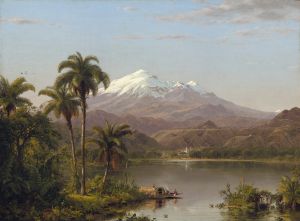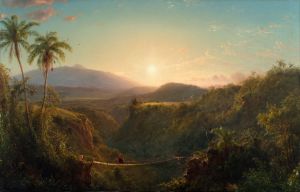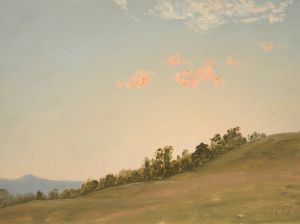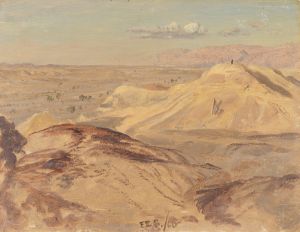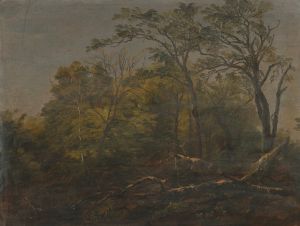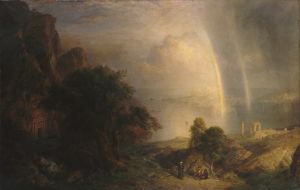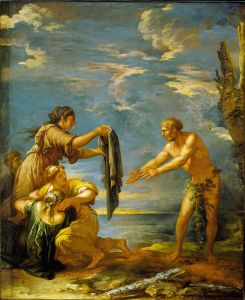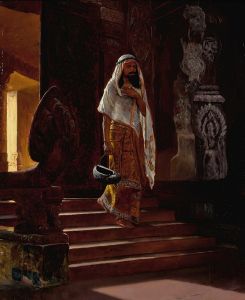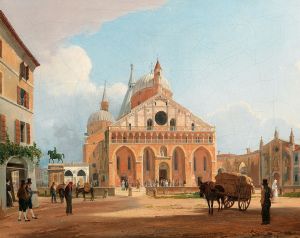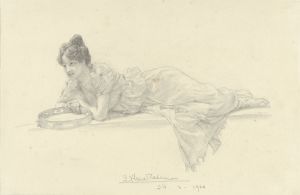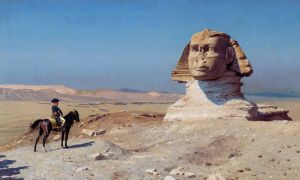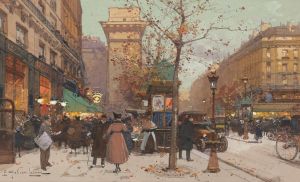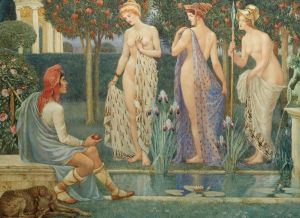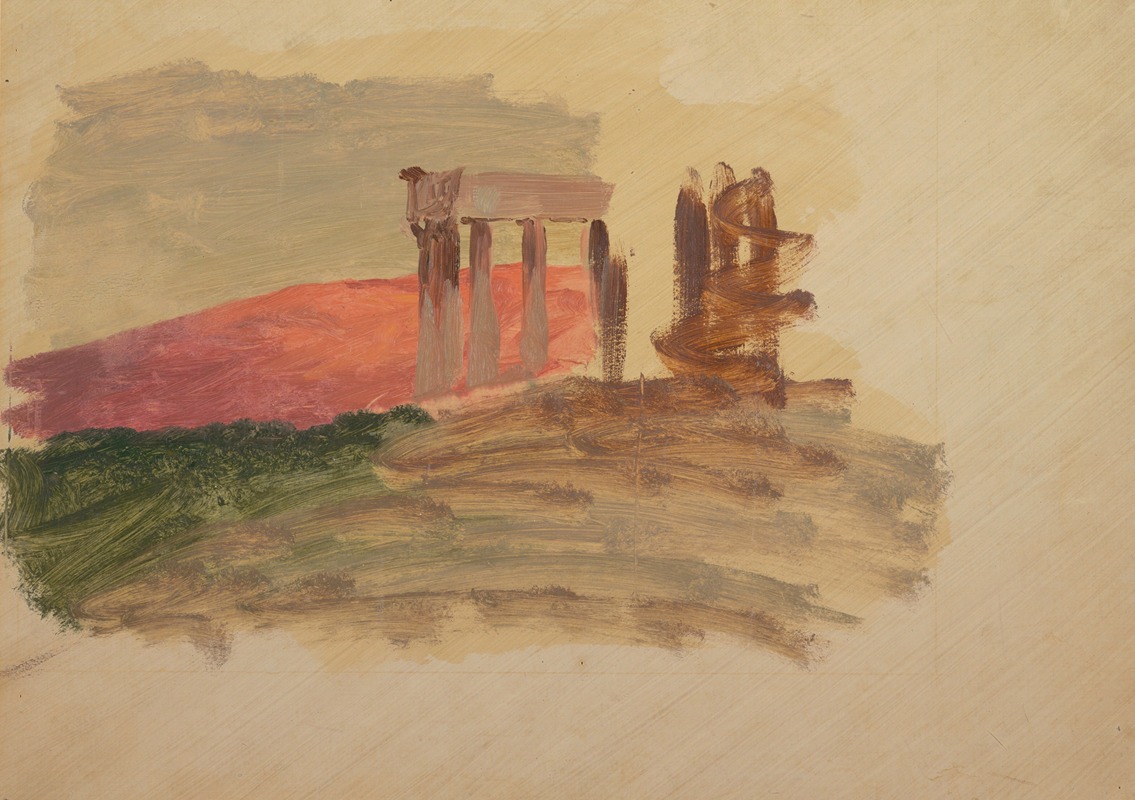
Rapid sketch of the Temple at Corinth
A hand-painted replica of Frederic Edwin Church’s masterpiece Rapid sketch of the Temple at Corinth, meticulously crafted by professional artists to capture the true essence of the original. Each piece is created with museum-quality canvas and rare mineral pigments, carefully painted by experienced artists with delicate brushstrokes and rich, layered colors to perfectly recreate the texture of the original artwork. Unlike machine-printed reproductions, this hand-painted version brings the painting to life, infused with the artist’s emotions and skill in every stroke. Whether for personal collection or home decoration, it instantly elevates the artistic atmosphere of any space.
Frederic Edwin Church, a prominent American landscape painter of the 19th century, is renowned for his detailed and dramatic depictions of natural scenes. One of his lesser-known works, "Rapid Sketch of the Temple at Corinth," reflects his interest in capturing historical and architectural subjects during his travels.
Frederic Edwin Church was born in 1826 in Hartford, Connecticut, and became a central figure in the Hudson River School, a group of artists known for their romantic portrayal of the American landscape. Church's work is characterized by its attention to detail, vibrant use of color, and grand scale. He was a student of Thomas Cole, the founder of the Hudson River School, and quickly developed his own style that emphasized dramatic light and expansive vistas.
In the mid-19th century, Church embarked on several international journeys that greatly influenced his artistic output. These travels took him to South America, the Arctic, Europe, and the Middle East. It was during these travels that Church created numerous sketches and studies, which he later used as references for his larger studio paintings.
"Rapid Sketch of the Temple at Corinth" is one such work that emerged from Church's travels. The Temple of Apollo at Corinth is an ancient Greek temple located in the city of Corinth, Greece. It dates back to the 6th century BCE and is one of the earliest examples of Doric architecture. The temple's ruins, with their massive columns, have long been a subject of interest for artists and historians alike.
Church's sketch captures the essence of the temple's grandeur and historical significance. Although the sketch is not as detailed or polished as his larger works, it demonstrates Church's ability to convey the architectural beauty and historical weight of the site with minimal strokes. The sketch likely served as a preliminary study, capturing the immediate impression of the temple's form and setting.
Church's interest in such subjects was part of a broader 19th-century fascination with classical antiquity and the ancient world. Artists and intellectuals of the time were drawn to the ruins of Greece and Rome, seeing them as symbols of a lost golden age of art and culture. Church's sketches and paintings of such sites contributed to this cultural dialogue, offering viewers a glimpse into the ancient past through the lens of contemporary art.
While "Rapid Sketch of the Temple at Corinth" may not be as widely recognized as some of Church's other works, such as "The Heart of the Andes" or "Niagara," it remains an important piece within his oeuvre. It reflects his dedication to capturing the world's diverse landscapes and historical monuments, as well as his skill in translating these subjects into compelling visual narratives.
In summary, Frederic Edwin Church's "Rapid Sketch of the Temple at Corinth" is a testament to his artistic exploration of historical and architectural themes during his travels. The sketch highlights Church's ability to capture the essence of a subject quickly and effectively, contributing to his reputation as one of America's foremost landscape painters of the 19th century.





